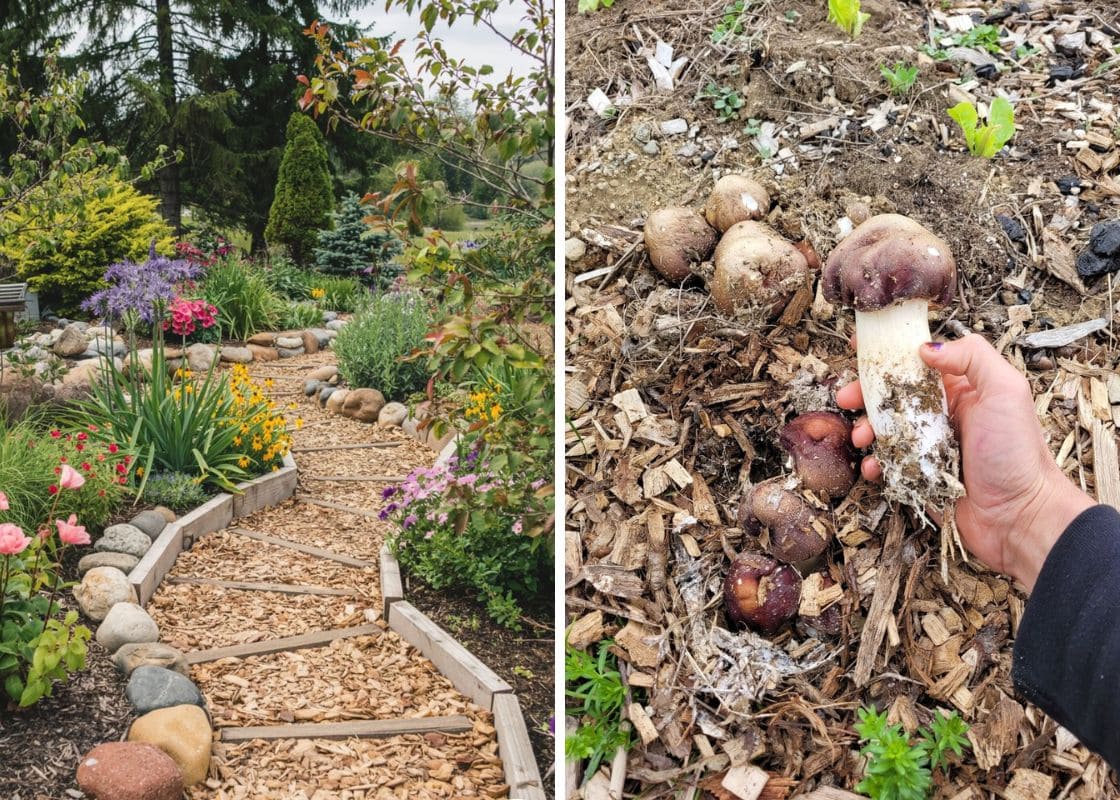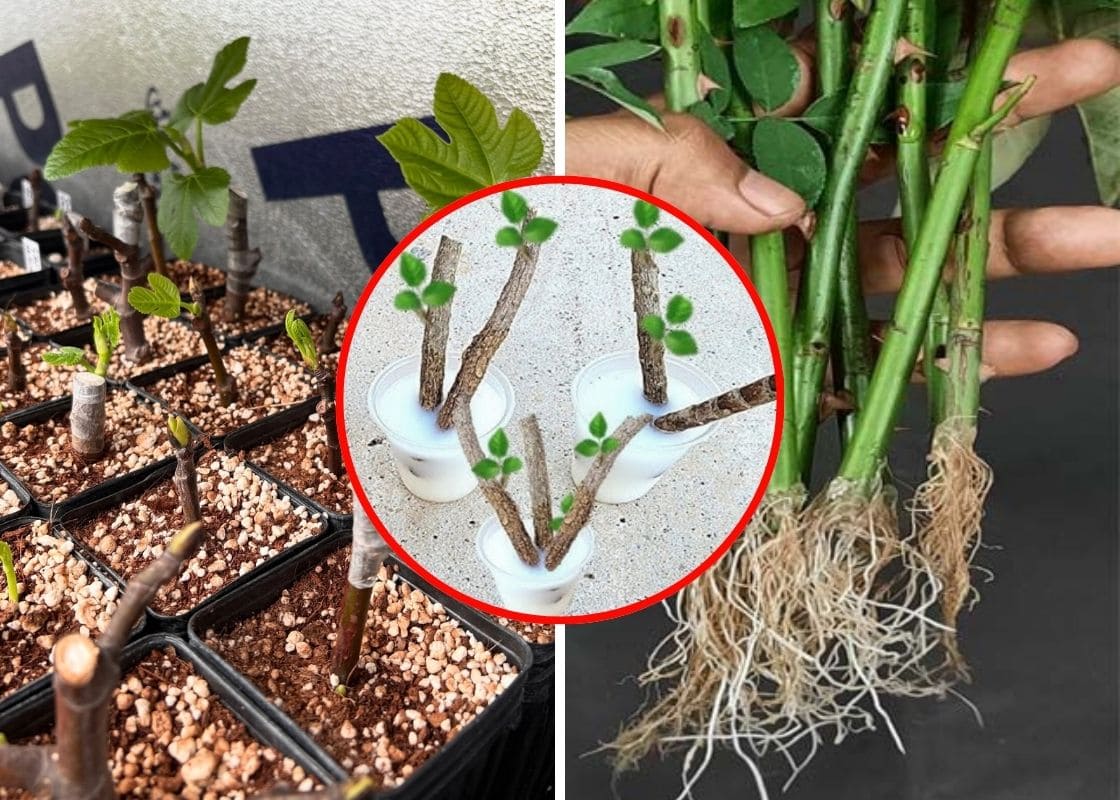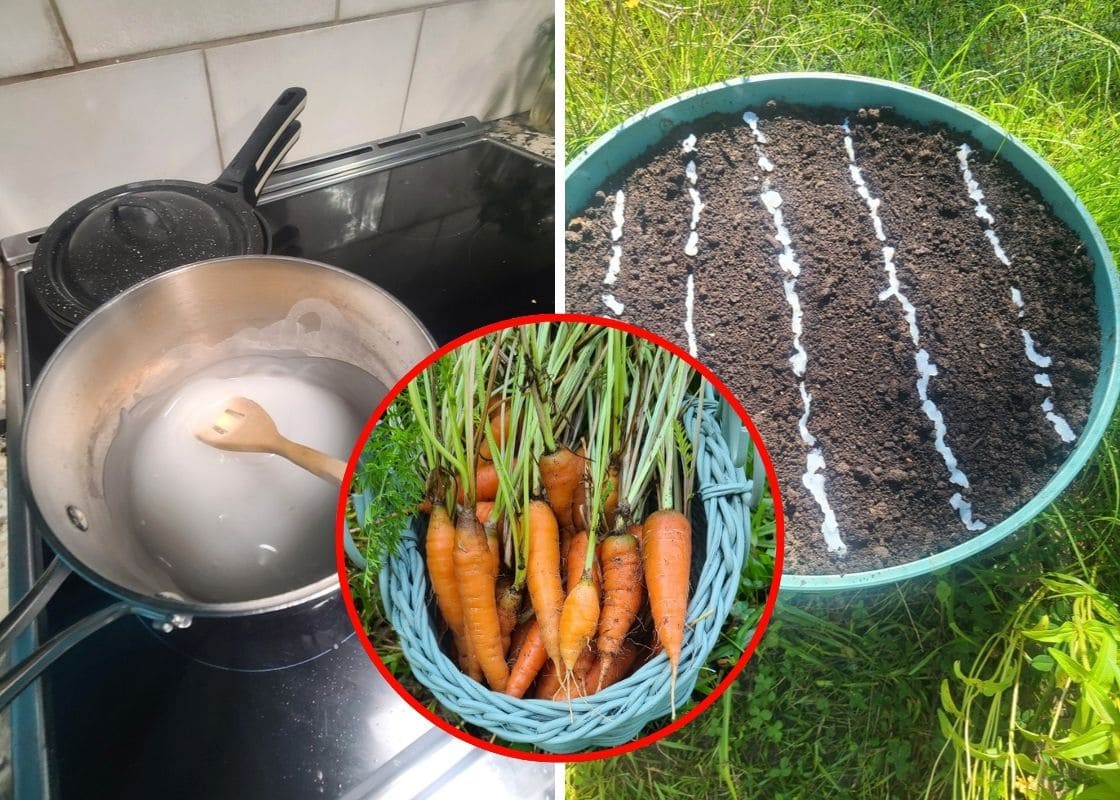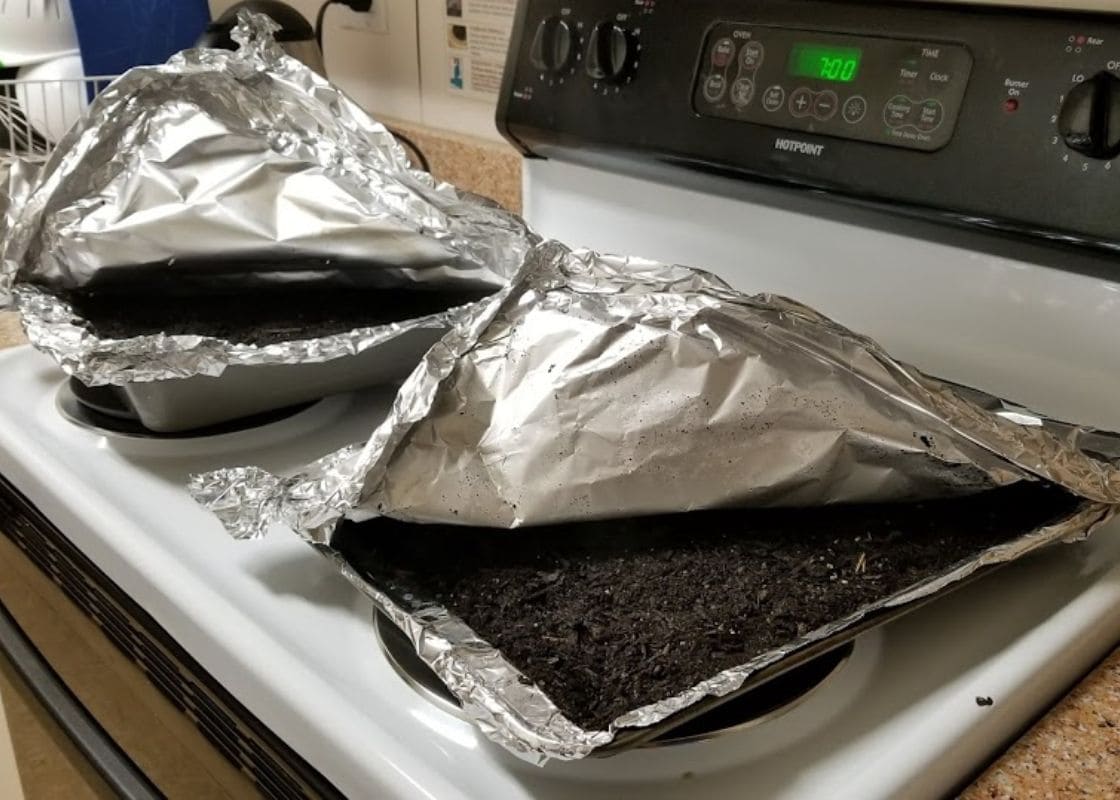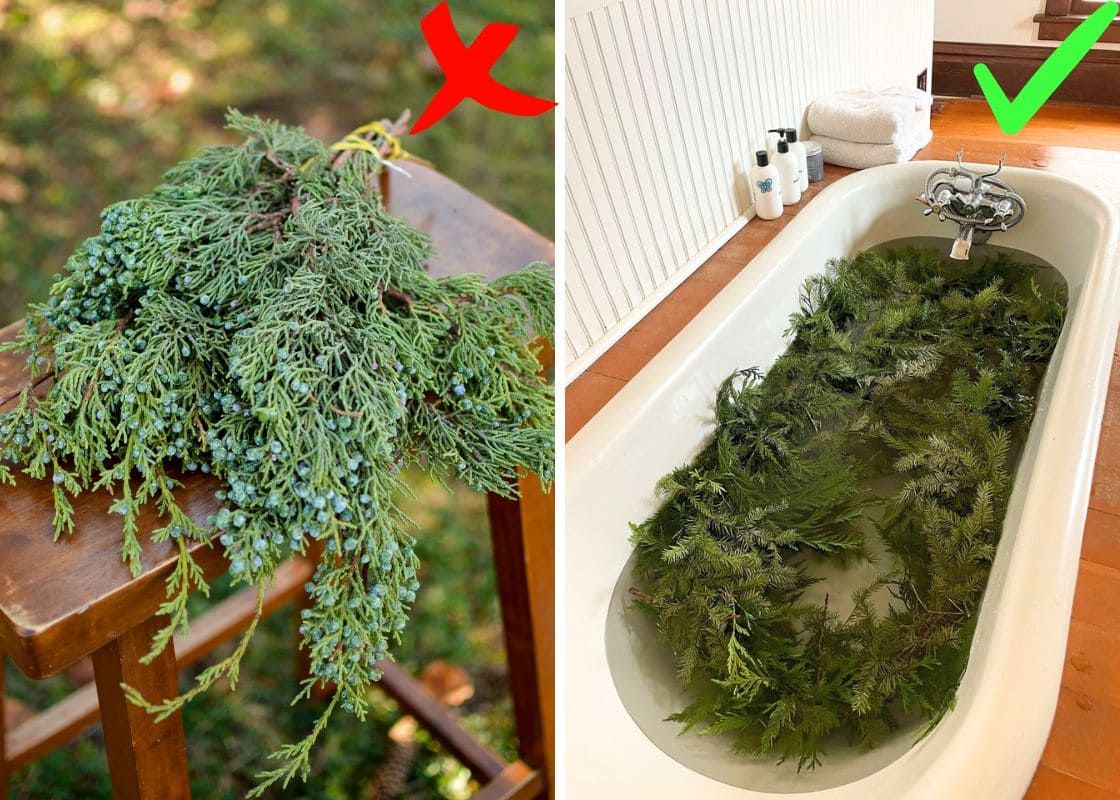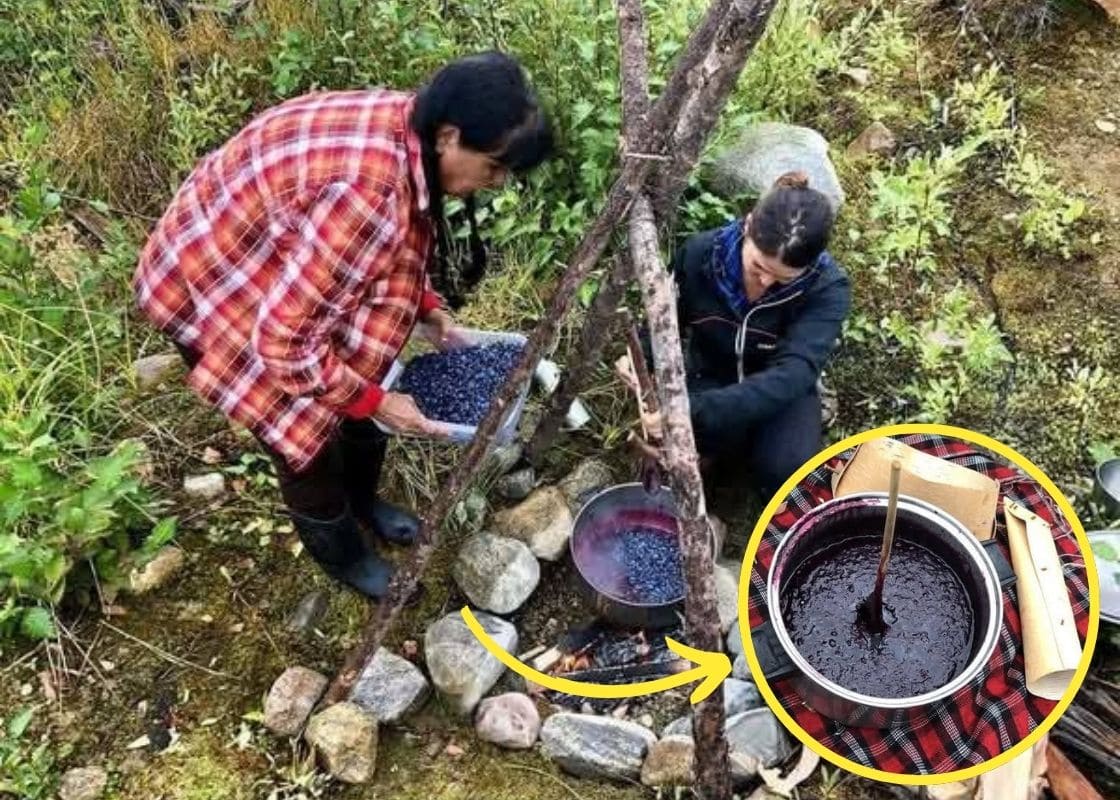I still vividly remember the very first peony bloom I ever grew, soft, pink, enormous petals spreading open like a burst of fragrant silk. Since that memorable day, peonies have become my absolute gardening obsession.
But I’ll be honest, my path to big, long-lasting blooms wasn’t without its mistakes.
Through trial and error, experimentation, and sheer love for these flowers, I’ve gathered gardening secrets that truly transform ordinary peonies into magnificent garden centerpieces.
1. Plant Your Peonies at the Perfect Depth (Crucial!)
When gardeners ask me why their peonies aren’t blooming, my first question is always, “How deep did you plant them?”
Peonies are surprisingly picky about planting depth, if planting too deep, you’ll get lush leaves but few (or no) flowers or if planting too shallow, roots dry out or get frost damage.

So, plant peony tubers about 1½–2 inches below the surface, measured from the top of the tuber’s buds (“eyes”).
Believe me, this simple adjustment can dramatically improve bloom quality and abundance.
2. Location Matters: Full Sun is Your Friend
Peonies adore sunlight. I’ve noticed that plants getting at least 6–8 hours of direct sun daily produce significantly larger and brighter blooms.
Partial shade leads to fewer, smaller flowers and weaker plants overall. To help your blooms thrive longer, however, give them gentle morning sun with slight afternoon shade if you live in a hotter region.
This balance prevents scorching petals and keeps flowers fresh-looking longer.
3. Soil is the Secret Ingredient
Healthy soil is your secret weapon for impressive peonies. My favorite soil blend is rich yet airy—perfect for lush blooms. Here’s my personal mix:
- Well-drained garden soil (60%)
- Composted manure or rich compost (30%)
- Sand or perlite (10%) for drainage
Before planting, I mix this thoroughly into planting beds. Good soil equals vigorous growth, larger blooms, and happier plants overall.
4. Water Wisely (Especially During Budding)
Your goal is 1 inch of water per week. A thirsty peony develops small, weak blooms that fade quickly. Conversely, overly wet soil may cause fungal diseases.
My watering method is watering gently at soil level to avoid wetting foliage. Morning watering helps plants stay hydrated without lingering moisture overnight.
Also, mulching around the base conserves moisture, keeping blooms vibrant and fresh.
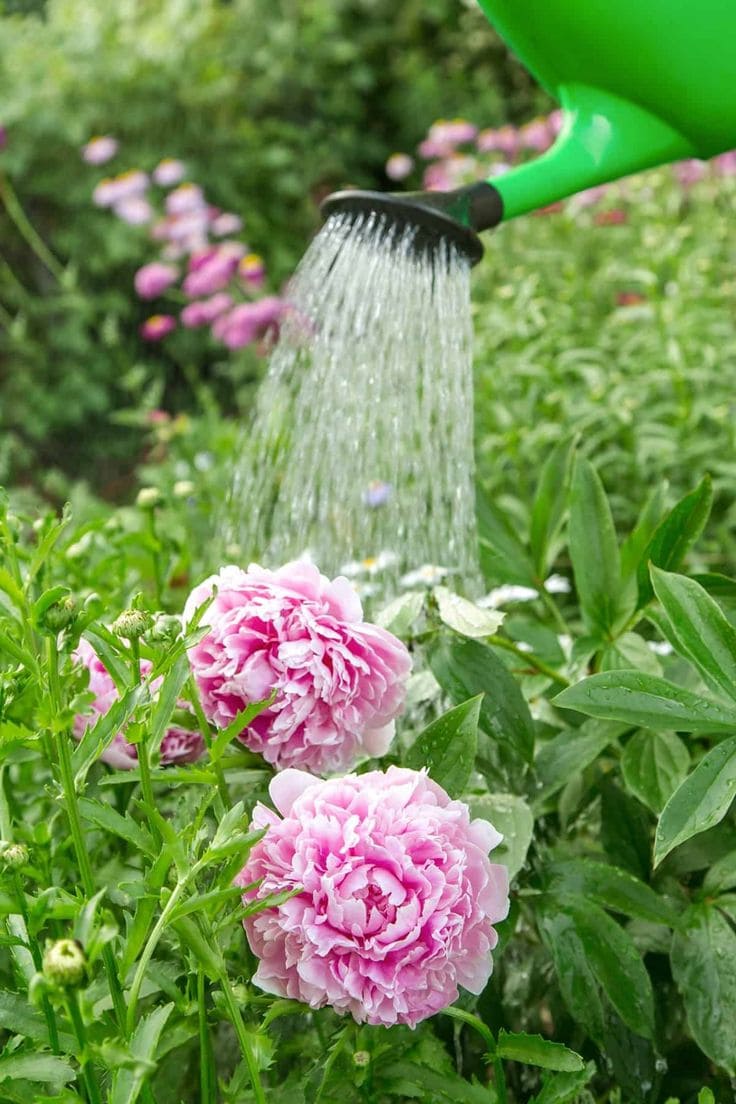
5. Feeding Peonies: Less Nitrogen, More Blooms
One gardening trick I swear by is careful fertilizing. Too much nitrogen creates lush foliage at the expense of blossoms.
For spectacular blooms, in early spring (when shoots appear), I apply a balanced fertilizer like 10-10-10 or 5-10-10.
After blooming finishes, I lightly fertilize again, helping plants store nutrients for next season.
Additionally, I add bone meal (rich in phosphorus) occasionally, this encourages big, strong blossoms without excess leafiness.
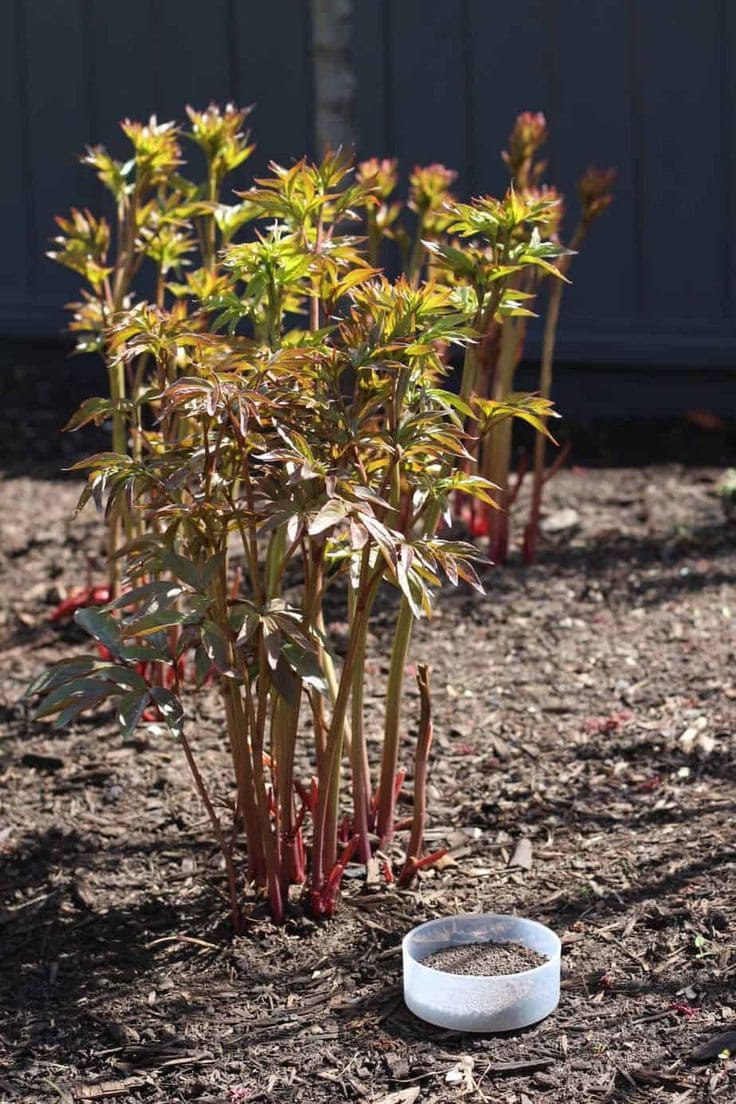
6. Supporting Blooms for Longer Beauty
Big blooms sometimes get heavy, droop, or break after rain. So, I often install plant supports early, right when shoots emerge. Metal peony hoops or stakes work wonders.
Also, I gently tie large blooms upright to protect them from wind or rain damage. This small effort keeps blooms clean, intact, and attractive much longer.
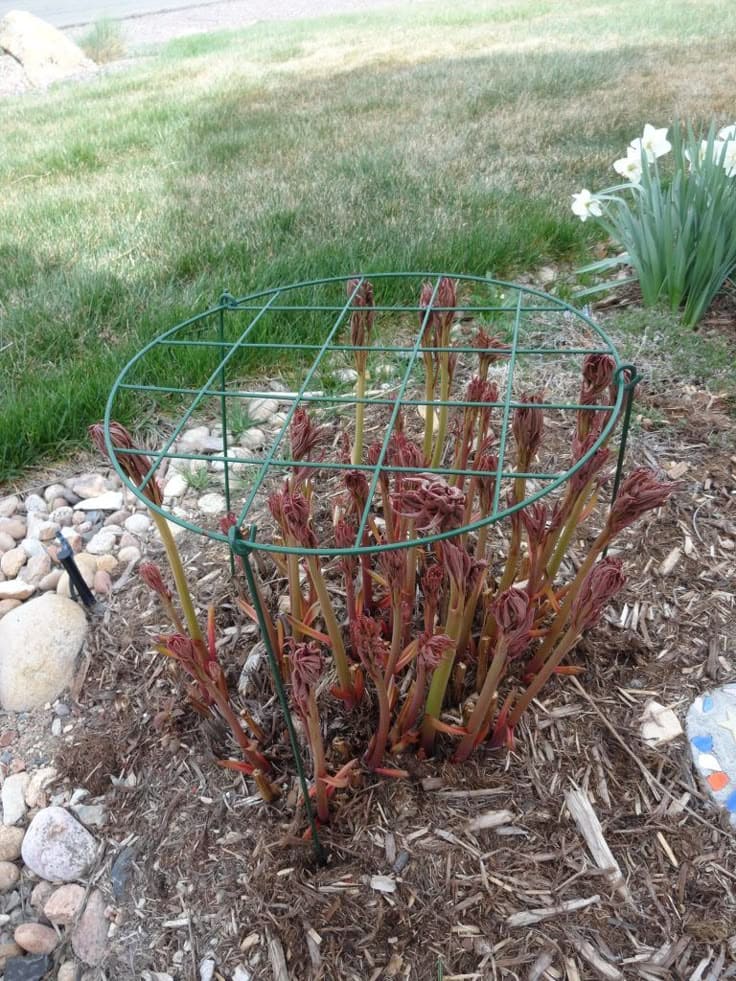
7. Deadheading: Your Ticket to Healthier Plants
I firmly believe deadheading (removing spent flowers) significantly impacts future bloom quality.
Immediately after flowering, you need to cut flower stems down to the first healthy leaf. Removing seed pods redirects energy to root growth and next season’s buds.
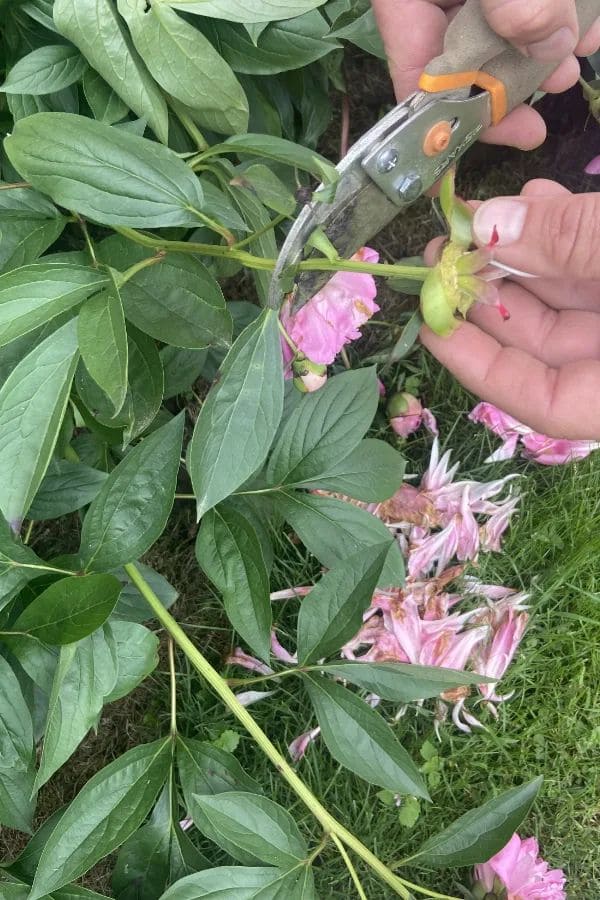
8. Don’t Fear the Ants, Embrace Them!
Ants crawling over peony buds are beneficial, not harmful. They’re attracted to sugary nectar the buds produce.
I’ve found ants help blooms open fully, ensuring healthier, well-formed flowers. Don’t spray them away; just appreciate their role in your garden ecosystem.
9. Winter Care for Magnificent Spring Blooms
Peonies need a chill period to bloom profusely next season. But too harsh conditions can damage buds.
In winter, after frost, I trim stems to about 3–4 inches above soil level, then mulch lightly with straw or chopped leaves.
When spring comes. I Remove mulch to avoid trapping moisture and causing rot. Proper winter care ensures strong growth and abundant, stunning blooms each spring.
10. A Lesser-Known Tip: Bud Thinning
Here’s a technique few gardeners talk about but makes a dramatic difference – bud thinning.
Each peony stem usually forms a large central bud surrounded by smaller side buds. Thinning these smaller buds early (when pea-sized) encourages the remaining central bud to grow larger and more spectacular.
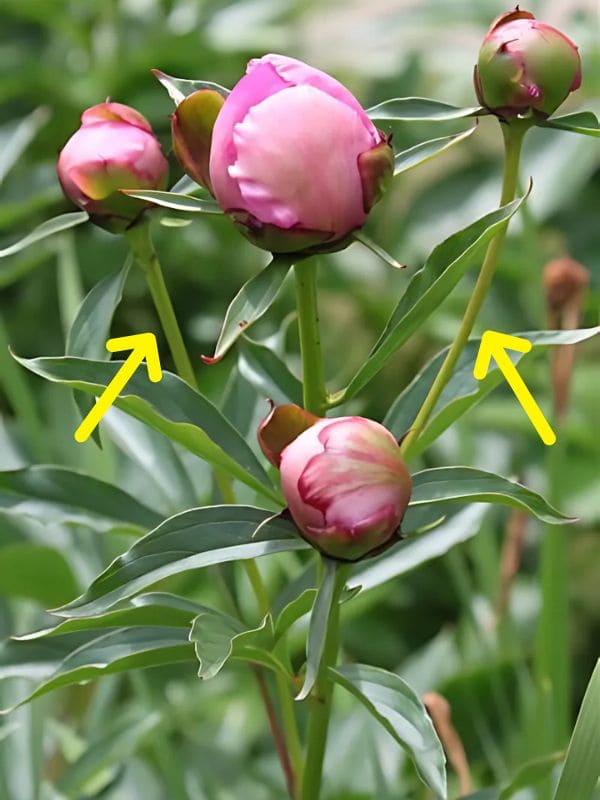
I gently pinch off smaller side buds when they’re tiny to let the plant focus its energy on fewer, bigger blooms.
Try it once, I promise the difference is astonishing!
11. Extend Blooming Season with Multiple Varieties
Want blooms lasting weeks, not days? Plant peonies with varying bloom times. Here’s my typical recommendation:
- Early varieties (mid-May): ‘Coral Charm,’ ‘Festiva Maxima’
- Mid-season (late May to early June): ‘Sarah Bernhardt,’ ‘Karl Rosenfield’
- Late season (mid-to-late June): ‘Duchess de Nemours,’ ‘Elsa Sass’
Planting diverse varieties gives you continuous blooms for weeks, greatly extending your peony season.
12. Keep Diseases at Bay with Good Hygiene
Preventing disease prolongs bloom life. Peonies rarely get sick, but fungal infections occasionally strike.
Therefore, I always prune and discard infected leaves or stems and remove garden debris. Also, remember to space plants properly for good airflow (3–4 feet apart).


